Gauging quantum properties of nanotubes, essential for next-gen electronics
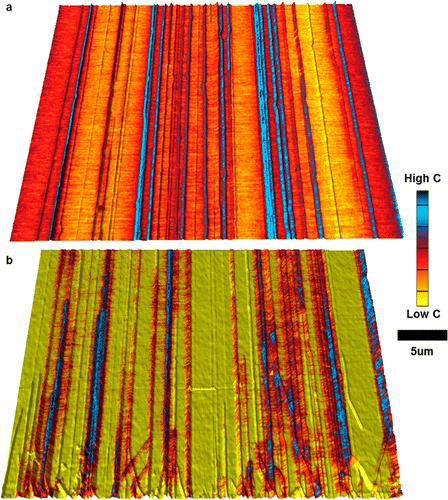 Imaging method allowed researchers to measure the nanotube quantum capacitance - a very unique property of an object from the nano-world.
Imaging method allowed researchers to measure the nanotube quantum capacitance - a very unique property of an object from the nano-world.
Jan 7th, 2016
Read more
 Imaging method allowed researchers to measure the nanotube quantum capacitance - a very unique property of an object from the nano-world.
Imaging method allowed researchers to measure the nanotube quantum capacitance - a very unique property of an object from the nano-world.
Jan 7th, 2016
Read more The processes that take place on the molecular scale during the production of organic solar cells are not yet entirely clear. Researchers have now managed to observe these processes in real time.
The processes that take place on the molecular scale during the production of organic solar cells are not yet entirely clear. Researchers have now managed to observe these processes in real time.
Jan 7th, 2016
Read more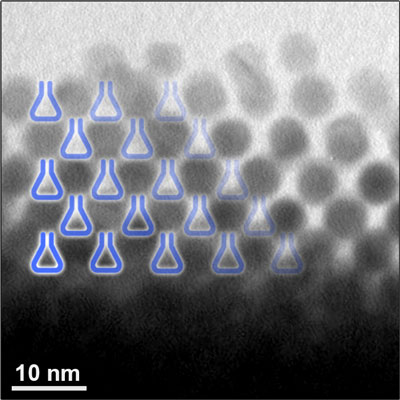 The nanoflasks, which have a span of several nanometers, or millionths of a millimeter, can accelerate chemical reactions for research. In the future, they might facilitate the manufacture of various industrial materials and perhaps even serve as vehicles for drug delivery.
The nanoflasks, which have a span of several nanometers, or millionths of a millimeter, can accelerate chemical reactions for research. In the future, they might facilitate the manufacture of various industrial materials and perhaps even serve as vehicles for drug delivery.
Jan 7th, 2016
Read more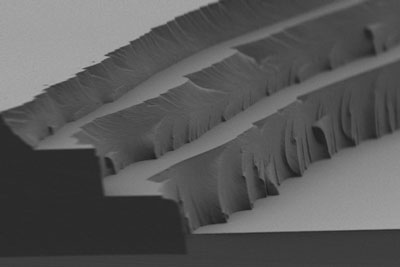 Material could harvest sunlight by day, release heat on demand hours or days later.
Material could harvest sunlight by day, release heat on demand hours or days later.
Jan 7th, 2016
Read moreAcoustics experts have created a new class of sound wave - the first in more than half a century - in a breakthrough they hope could lead to a revolution in stem cell therapy.
Jan 7th, 2016
Read more Researchers have made a chip-based device that can generate a laser signal with frequencies spaced in a comb-like fashion. Their work could be used in telecommunications applications and in chemical analysis.
Researchers have made a chip-based device that can generate a laser signal with frequencies spaced in a comb-like fashion. Their work could be used in telecommunications applications and in chemical analysis.
Jan 7th, 2016
Read moreScientists have discovered the universal building blocks that cells use to form initial connections with the surrounding environment. These early adhesions have a consistent size of 100 nanometres, are made up of a cluster of around 50 integrin proteins and are the same even when the surrounding surface is hard or soft.
Jan 6th, 2016
Read more In October, an interdisciplinary group of scientists proposed forming a Unified Microbiome Initiative to explore the world of microorganisms that are central to life on Earth and yet largely remain a mystery. An article describes the tools scientists will need to understand how microbes interact with each other and with us.
In October, an interdisciplinary group of scientists proposed forming a Unified Microbiome Initiative to explore the world of microorganisms that are central to life on Earth and yet largely remain a mystery. An article describes the tools scientists will need to understand how microbes interact with each other and with us.
Jan 6th, 2016
Read more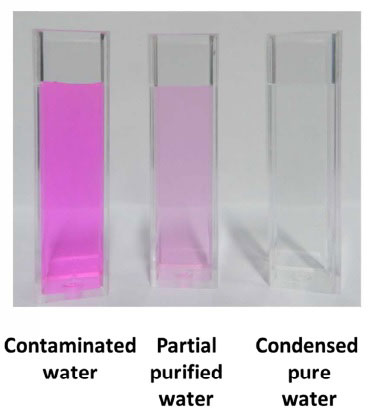 For years, scientists have been pursuing ways to imitate a leaf's photosynthetic power to make hydrogen fuel from water and sunlight. In a new twist, a team has come up with another kind of device that mimics two of a leaf's processes to harness solar energy to purify water.
For years, scientists have been pursuing ways to imitate a leaf's photosynthetic power to make hydrogen fuel from water and sunlight. In a new twist, a team has come up with another kind of device that mimics two of a leaf's processes to harness solar energy to purify water.
Jan 6th, 2016
Read more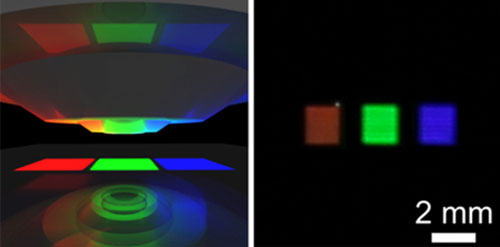 Using aluminum nanostructures could provide a vivid, low-cost alternative for producing digital color.
Using aluminum nanostructures could provide a vivid, low-cost alternative for producing digital color.
Jan 6th, 2016
Read more A method for guiding replacement cells to diseased vascular segments using nanoparticles. The scientists demonstrated in mice that the fresh cells actually exert their curative effect in these segments.
A method for guiding replacement cells to diseased vascular segments using nanoparticles. The scientists demonstrated in mice that the fresh cells actually exert their curative effect in these segments.
Jan 6th, 2016
Read more Researchers have now used 3D print technology to create a new type of transparent electrode, which takes the form of a grid made of gold or silver 'nanowalls' on a glass surface. The walls are so thin that they can hardly be seen with the naked eye.
Researchers have now used 3D print technology to create a new type of transparent electrode, which takes the form of a grid made of gold or silver 'nanowalls' on a glass surface. The walls are so thin that they can hardly be seen with the naked eye.
Jan 6th, 2016
Read more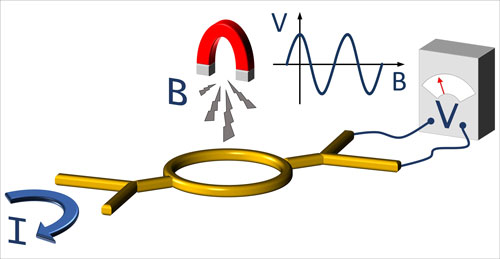 Nanotechnologists have discovered a new fundamental property of electrical currents in very small metal circuits.
Nanotechnologists have discovered a new fundamental property of electrical currents in very small metal circuits.
Jan 6th, 2016
Read more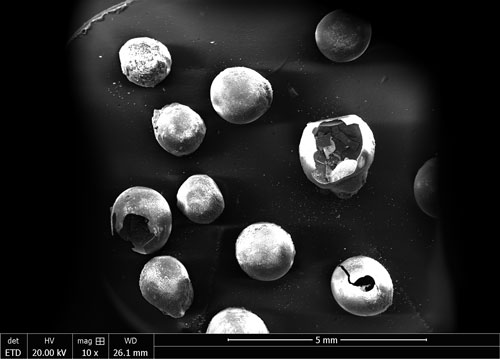 This insect-inspired ordered monolayer of hollow carbon spheres may be a new, green and extremely lightweight antireflective coating that almost perfectly absorbs microwave radiation.
This insect-inspired ordered monolayer of hollow carbon spheres may be a new, green and extremely lightweight antireflective coating that almost perfectly absorbs microwave radiation.
Jan 6th, 2016
Read more Launching a novel means to train a diverse work�force to develop nanomedicine: The Nanomed�i�cine Academy of Minority Serving Institutions.
Launching a novel means to train a diverse work�force to develop nanomedicine: The Nanomed�i�cine Academy of Minority Serving Institutions.
Jan 5th, 2016
Read moreResearchers have developed a new strategy for fabricating atomically controlled carbon nanostructures used in molecular carbon-based electronics.
Jan 5th, 2016
Read more